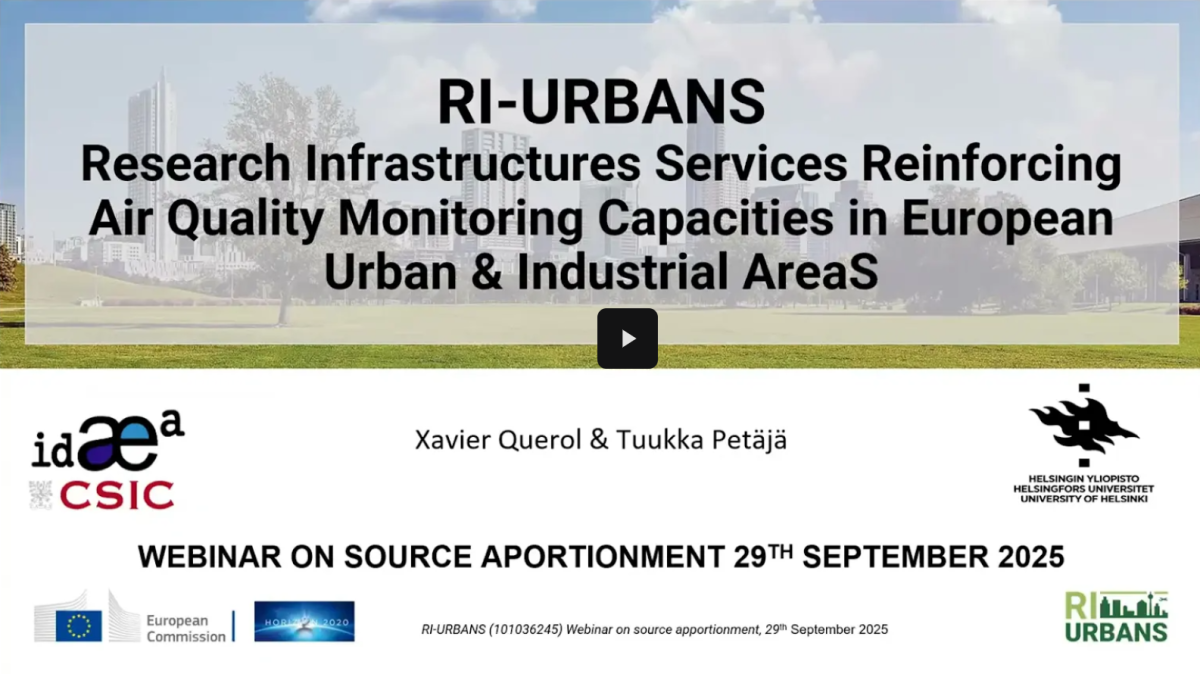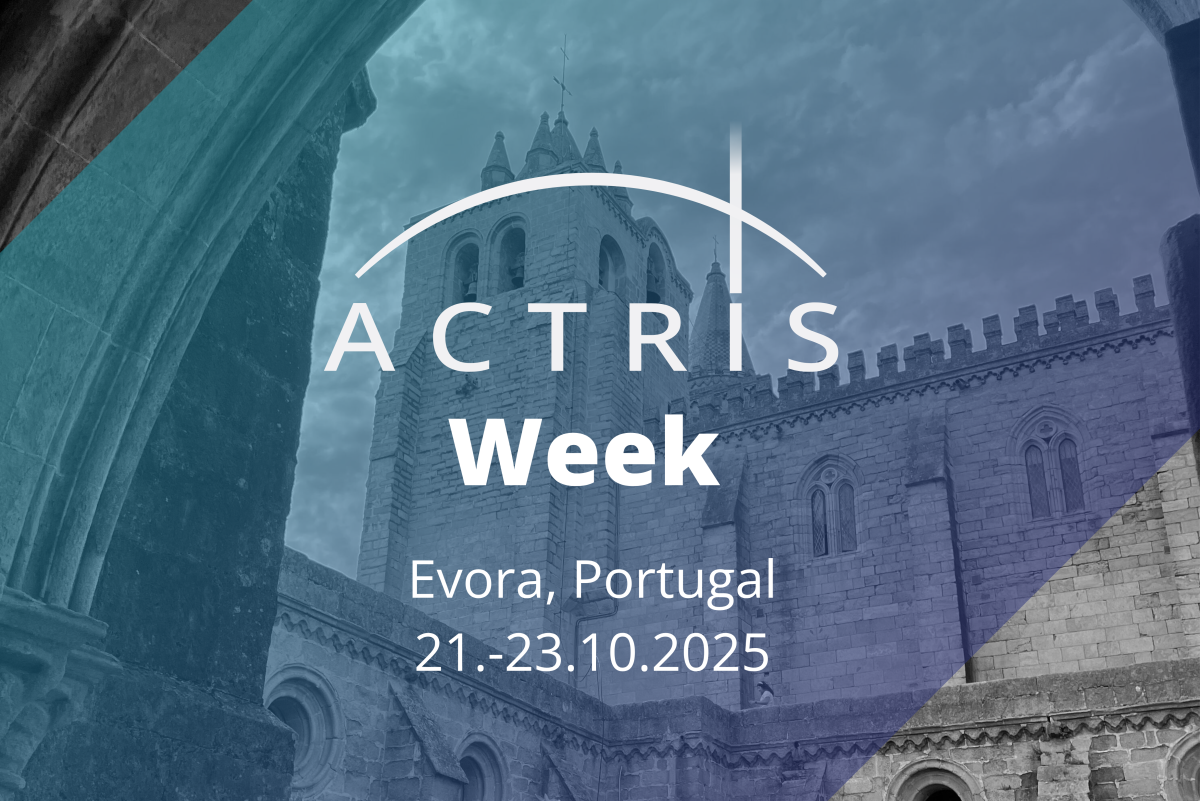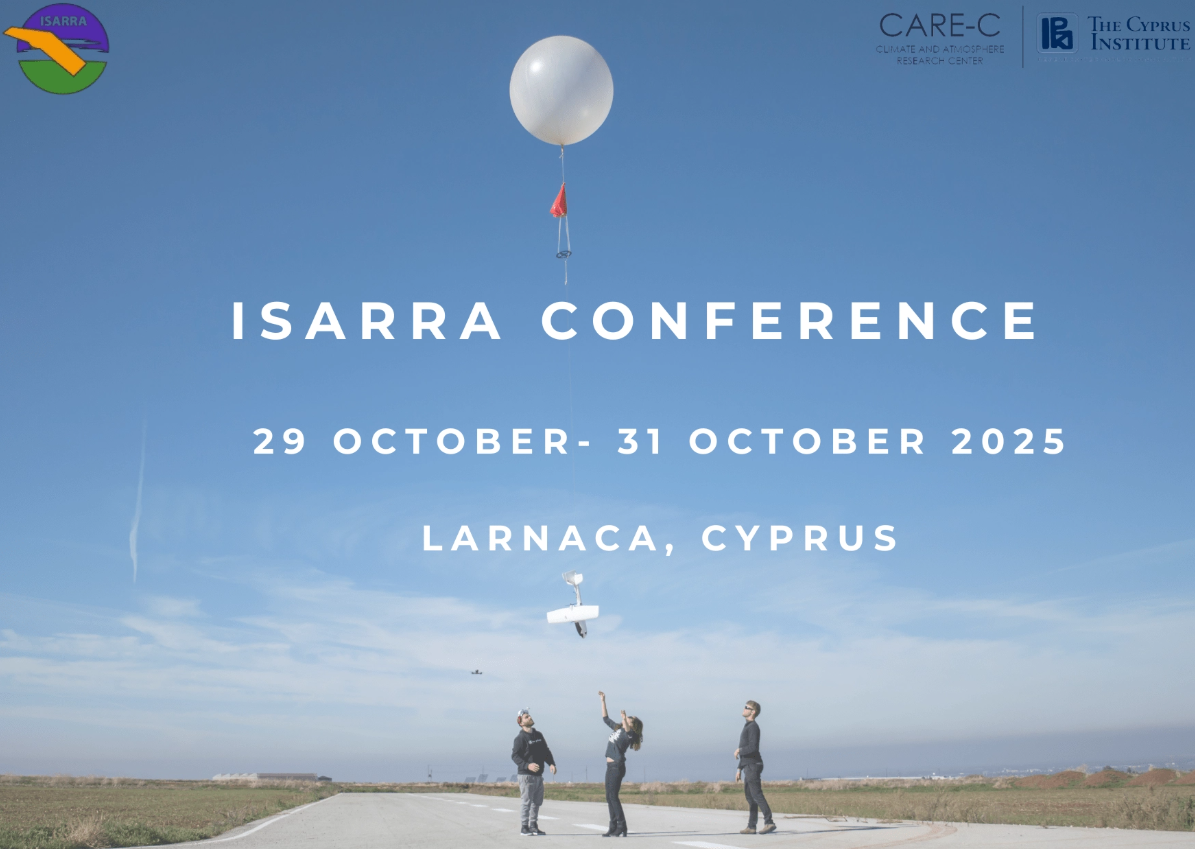A Collaborative Investment in Research & Development
ACTRIS is a pan-European research infrastructure that operates through a combination of national and international funding sources. Its financial sustainability is ensured through contributions from ACTRIS ERIC Member Countries and competitive funding from European and national research programs. This collaborative funding model enables ACTRIS to provide open access to world-class atmospheric research facilities and services, supporting scientific excellence and innovation.
Ensuring Long-Term Sustainability
ACTRIS is committed to strengthening its financial sustainability through:
- Diversified funding strategies that combine national and European investments
- Strategic partnerships with industry, policy bodies, and international organizations
- Innovation-driven funding opportunities, leveraging ACTRIS expertise for societal impact
Funding Sources
- ACTRIS ERIC Member Contributions
ACTRIS is established as a European Research Infrastructure Consortium (ERIC), meaning its core operations are supported by financial contributions from its Member and Observer Countries.
These contributions cover:
- The coordination and management of ACTRIS ERIC
- The operation of central facilities, including calibration centers, data services, and support for the user community
- Strategic development and long-term sustainability efforts
Each country participating in ACTRIS ERIC determines its contribution based on national agreements, ensuring shared responsibility for maintaining and advancing the infrastructure.
- National Funding for ACTRIS Facilities
ACTRIS’s observational platforms, exploratory platforms, and scientific facilities are primarily funded by national governments and research agencies. These national investments enable the operation of measurement stations, laboratories, and technology centers that contribute data and services to the ACTRIS community.
- European and International Research Projects
ACTRIS secures additional funding through participation in European and international research projects. These projects are funded by programs such as:
- Horizon Europe and previous Horizon 2020 initiatives
- Copernicus and ESA (European Space Agency) programs
- National and regional grants supporting research and innovation
These project-based funds allow ACTRIS to:
- Advance scientific and technological developments
- Support innovation and industry collaboration
- Provide training and trans-national access opportunities
Trans-National Access (TNA) and Service-Based Funding
ACTRIS also benefits from funding mechanisms that support Trans-National Access (TNA), allowing researchers from around the world to use ACTRIS facilities for their studies. Additionally, as ACTRIS develops tailored services for external stakeholders, including industry and policy actors, service-based funding opportunities may emerge to further enhance sustainability.





